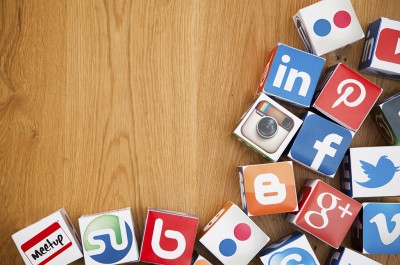Multichannel retailing puts the consumers before the brand. It ensures that the consumer experience is continuous and not fragmented, regardless of how the consumer buys the product. This is an evolution, not a new strategy, and yet we struggle in learning the benefits. It’s time now to accept the reality … Beam me up, Scotty!
Remember the days of the catalog?
It’s debatable whether Montgomery Ward or Tiffany & Co. was the first to launch their catalog to the national consumer in the late 1800s. However, it created such a stir among storefront retailers that a new channel for shopping emerged. Catalogs grew from 100 items to over 600 items, with mailing lists growing in the millions each year by the early 1900s. So what happened? Well, the catalog became popular because it offered variety and accessibility — quickly and simply — with a guarantee. This was a great benefit for those who lived in remote areas or were challenged by the weather. Not only did the catalog create ease of shopping. But it also expanded the market by creating new shoppers. Those who feared that catalogs would cannibalize store sales quickly realized the benefits of increased consumer demands. Over time, the catalog was refined and became more focused. Yet it was always connected to brick-and-mortar stores becoming commonplace, and it was a part of the retailer’s business model.
Fast forward to e-commerce: Is this a new threat?
There’s been an evolution in retail. It’s been a slow, gradual process, but we’ve made tremendous advances. E-commerce is one such advance that’s caused the retail community to pause and be concerned that there’s yet again another channel for shopping that has emerged to take consumer dollars away from their brick-and-mortar stores.
Paranoia is not an option. We should learn from the past (like the “threat” that catalogs posed) and partner with new disruptive technology. In the past several years, retailers have developed more robust ways to engage with the consumer by creating relationships both online and in stores. For example, Home Depot in 2010 reinvested millions of dollars in creating a web-based e-commerce outreach program. By 2013, e-commerce was Home Depot’s fastest-growing channel, increasing its share of sales by 54% or $2.75 billion. Much of the growth came from incorporating the data collected from e-sales to enhance in-store marketing and offerings. Kevin Hofmann, Senior Vice President and President for Home Depot’s online services calls it “interconnected retail.” His goal is to tie their stores and websites together in order to maximize convenience for shoppers and provide services online — something that even Amazon.com cannot do. According to Internet Retailer, of the 159 chain retailers ranked in 2014, 24 chains used their brick-and-mortar locations to offer such services as “buy online and pick up in store”, “ship to store” and “return to store.” These chains grew their combined annual web sales by $24 billion. Best Buy is another example of another retailer that is embracing e-commerce. When Best Buy introduced “ship to store” options, it noticed that consumers who picked up merchandise at the store made additional purchases, raising the average order values by 40%, according to Internet Retailer. You could say certain retailers are evolving — or just plain get it!
Are you a raving fan?
For consumers, the ability to have multiple channels of service offerings provides convenience for their 24/7 lifestyles. Consumers are adapting to e-commerce, and so are brick-and-mortar sellers. Retailers must find new ways to work in this shifted reality.
Anjee continues to be an insatiable collector of all things retail. She’s a student of culture living next door to future shoppers, whose fleeting trends constantly change the retail landscape … driving retailers, landlords and developers crazy!

 Anjee Solanki
Anjee Solanki

 Colliers Insights Team
Colliers Insights Team
 Lex Perry
Lex Perry